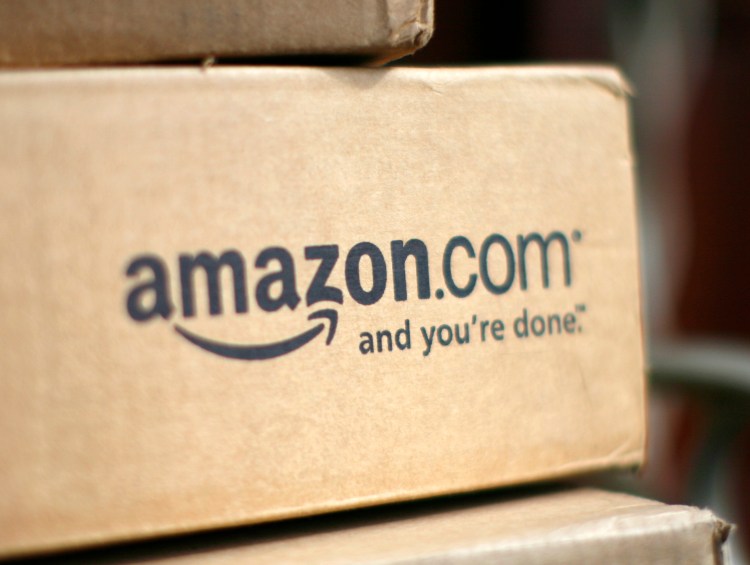Amazon made more money last quarter — $482 million in profit for the fiscal Q4 2015 — than it did during every previous quarter combined since Q3 2011. That $482 million figure exceeds Amazon’s previous quarterly record, when, in Q4 2010, it earned $416 million in profit.
So why, then, did the company’s stock tank by more than 13 percent after reported earnings results today?
Despite a profit surge driven by holiday sales (which weren’t as strong as expected) and the continued growth of Amazon’s cloud business (AWS), Amazon reported $35.75 billion in revenue and $1.00 earnings per share for the quarter — missing analysts’ estimates in both cases.
Analysts had expected Amazon to report $35.93 billion in revenue and $1.56 or more earnings per share. Amazon itself expected revenues to range between $33.5 billion and $36.75 billion. Depending on who you asked, specific profit estimates ranged from $546 million to $754 million.
June 5th: The AI Audit in NYC
Join us next week in NYC to engage with top executive leaders, delving into strategies for auditing AI models to ensure fairness, optimal performance, and ethical compliance across diverse organizations. Secure your attendance for this exclusive invite-only event.
Amazon’s business philosophy goes something like this: When the company makes money, it reinvests that money right back into the business. Amazon has always been upfront about this plan, and investors are cool with it — except when they’re not.
This practice is the cause of Amazon’s never-ending expansion story, as retail behemoths struggle to keep up. It’s also the cause of this absolutely ridiculous-looking profit chart.
But when you consider Amazon’s steady revenue growth and fruitful investments (take AWS, for example), the plan looks less crazy.
Thus, for Amazon, profit usually isn’t the point. And it certainly isn’t the point today, as investors have shown so far in after-hours trading.

